The Marathon Checklist: Preparing to Go the Extra Mile
The legend of Pheidippides tells the tale of the ancient Greek messenger who ran from Marathon to Athens, without stopping, to warn the Athenian army of an attack. From this legend, we get the term “marathon” as a feat of endurance to run 42.195 kilometres (just over 26 miles). On April 27th, the world’s most popular marathon, the London Marathon, will commence, and around 50,000 runners will take to the streets. In this week’s blog, we will go through some preparation before and after running the distance.
Marathon Training
Most marathon training takes 16-20 weeks of preparation. If you plan on doing a marathon this or next year, here are some expert tips on preparing your training schedule.
Pre-Training
So you’re thinking about your training to run a marathon? Where do you start? Nike have a fantastic free program that covers 18 weeks of training in a comprehensive pdf format. Apps such as MapMyRun or Runna can be a great way to track and plan your routes if you’re running outdoors, but for treadmill users Kinomap and iFIT are great ways to keep you entertained and on track during your training.
DID YOU KNOW:
Fitshop has a selection of treadmills that feature iFit as a built-in application and with many options, including a 12-month subscription to the iFit platform.
During Training
The next 12-20 weeks (depending on your level of running) will be about building up your endurance and ability to keep pace to develop better times for the event day. Using apps and prebuilt programmes on treadmills is a great way to vary your training and keep you on task.
Your running should be varied and progressive. We covered training techniques such as Fartlek Training in our previous blog, but generally, your running should include interval style training, plenty of recovery and a weekly build of distance.
It is important to build distance slowly to avoid strains and injuries, the varied training also keeps your workouts interesting as you progress toward the event day. It can be a surprise to many new runners that in the lead up to the marathon you will not run the entire distance of a marathon. But, the consistent training you do before prepares your body for the effort you will be putting your body through on event day.
The maximum distance in a week should look something like this:
- 5 miles (8km) – Training Starts
- 6-7 miles (~10km)
- 7 miles (~11km)
- 6-7 miles (~10km)
- 8 miles (13km)
- 10 miles (16km)
- 9-10 miles (15km)
- 12 miles (20km)
- 13 miles (~21km)
- 12 miles (20km)
- 16 miles (26km)
- 7 miles (~10km)
- 18 miles (29km)
- 16 miles (26km)
- 14 miles (23km)
- 10 miles (16km)
- 26.2miles (42.2km) – Race Day
- 5 miles (8km)
- 3 miles (~5km)
- 3 miles (~5km)
PRO TIP:
Heart rate monitors are great tools for tracking your training and knowing when you can push harder and when you are pushing yourself too hard. The cardiostrong Chest Strap is a great option for runners of all fitness levels.
Post-Training
Training goes hand in hand with recovery. When we train our body releases lactic acid, and as muscle grows we experience Delayed Onset Muscle Soreness (DOMS). These natural processes tell us our body is getting stronger, but they are rather uncomfortable. There are a number of things we can do to help offset some of this discomfort. In a previous blog we discussed the benefits of ice baths, but products such as foam rollers are great tools to massage out aches and pains.
For those looking for something more advanced, the Theragun Pro Plus is the top choice in portable massagers. Fitshop UK recently introduced Compex EMS machines into our product library. Electrostimulation or EMS machines for both training and recovery are research-backed solutions to relieve sore muscles and supercharge training. Therabody’s RecoveryAir JetBoots are another great recovery tool for recovering tired and sore legs after marathon training.
In this week’s blogs we discussed how to prepare and train for running in a marathon, including recovery after your training sessions. We have a number of exciting blogs in the pipeline, including exclusive interviews, training guides and much more! Stay tuned for more!
Strength Training for Runners
For many years strength training was seen as the antithesis of training for runners. Some of the remnants of that belief system still exist today. Strength training is integral for runners as it increases muscle strength, joints and bones whilst also reducing the risk of injury. The knock-on effect of strength training will improve your endurance and enhance your speed.
The reason runners avoid strength training is covered in our previous blog: Strength Training for Runners: The Benefits & Myths. These reasons boil down to:
- Not knowing where to begin
- Prioritising logging more miles over a weight-training session
- Fear of becoming bulky or too heavy for running
There are thousands upon thousands of articles and workout guides with thousands upon thousands of workout ideas and techniques and “hidden secrets”. The truth is, if you are starting strength training for the first time, keep it simple.
For these examples, we will be focusing on the main muscles we use for running. The workouts are modular and can be slotted into longer workouts. For people brand new to strength training, these can be a great place to start and then expand upon when you become more confident.
Strength Training at Home
When we want to train at home, we should keep it simple and get a lot of muscles working. Here are a few exercises to fit into your routine that can aid your running training.
Goblet Squat
Equipment required: Heavy dumbbells or kettlebell
Exercise: Goblet Squat – A squat holding a weight with both hands in front of your chest.
Targeted muscles: Glutes, Quads
Reps/Sets: 12 reps/ 4 sets. If you want to up the difficulty, superset this exercise with 10 tuck jumps to add a plyometric challenge.
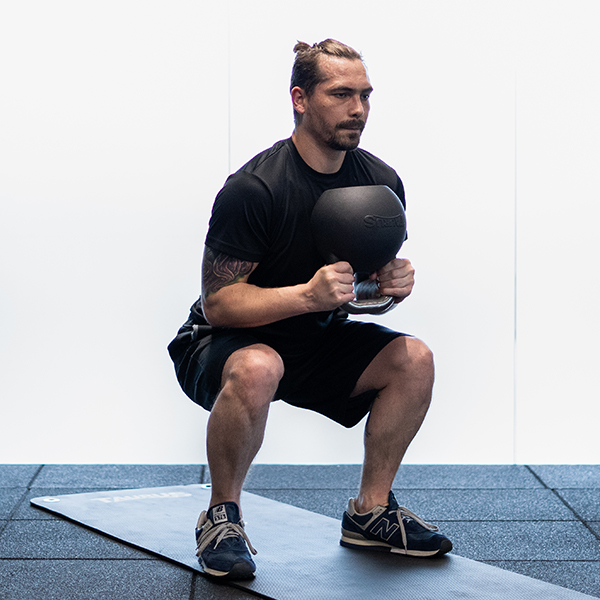
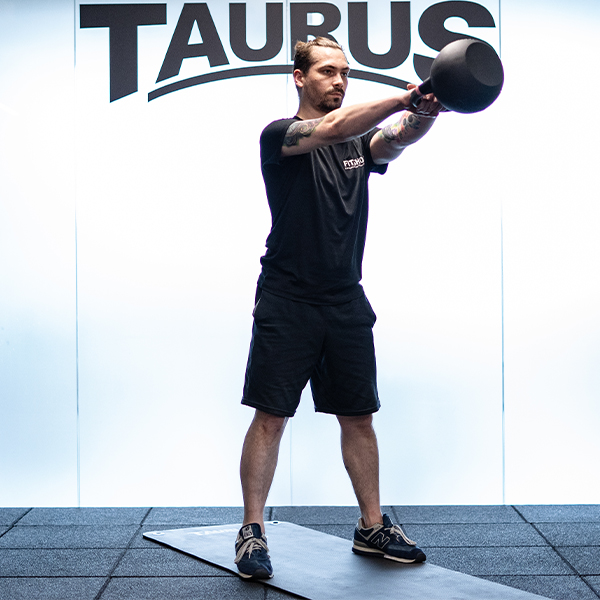
Kettlebell Swing
Equipment required: Medium-heavy kettlebell
Exercise: Kettlebell Swing – Holding the kettlebell handle with two hands, build up momentum by swinging the weight between your legs. Use your hips and glutes to control the momentum of the weight as it reaches shoulder height.
Teaching points: Keep your head up throughout the exercise. Whilst it is important to use your glutes and hips to create momentum, do not hyper-extend.
Targeted muscles: Glutes, hamstrings, lower back
Reps/Sets: 20 reps/ 4 sets.
Abdominal Twist
Equipment required: Light-Medium kettlebell or dumbbell
Exercise: Abdominal Twist — Holding a v-sit plank, twist your torso, passing the weight over your abdomen. The movement should be at a medium pace and should focus on the twisting motion.
Teaching point: If holding your legs in the air is too difficult, you can place your feet on the ground.
Target muscles: Transverse abdominis, rectus abdominis
Reps/Sets: 20 reps / 3 sets
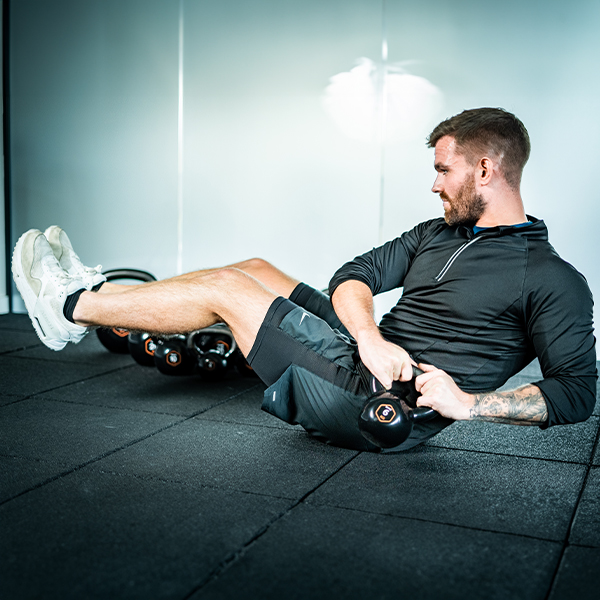
Exercises such as these can be a great supplement to your running training. As with all exercises, ensuring your form is correct is essential to avoiding injury. Goblet Squats are a great way to get your legs moving and hit some of the main muscles used in running. Similarly, the Kettlebell Swing is essential for keeping a strong back as well as building strength in the glutes, which are both essential for maintaining good running form. Our transverse abdominis is an essential muscle in trunk rotation and core strength.
We hope you have enjoyed this blog and it has given you some helpful advice on how to train for marathons and distance running. If you’re looking for another dose of motivation, be sure to read Fitshop’s own Dave Hendry’s journey from being 147.9kg to 78.6kg to become an ultramarathon runner here. See you next time!
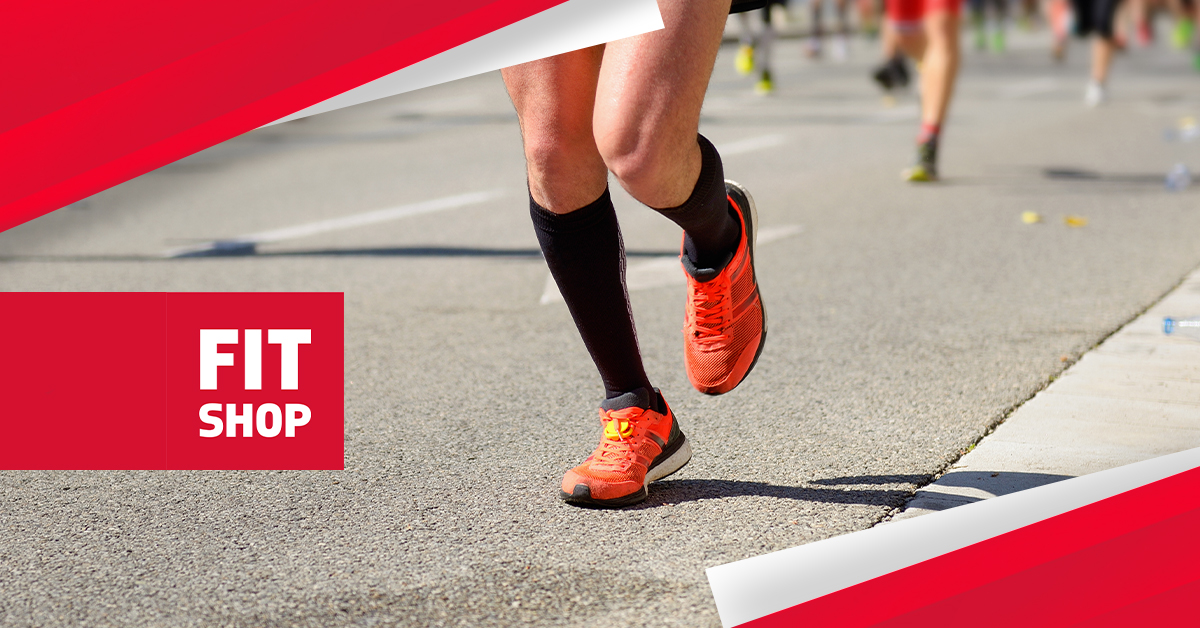
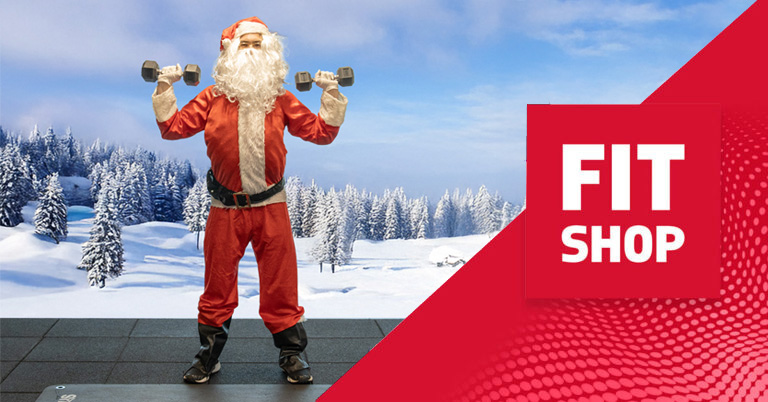
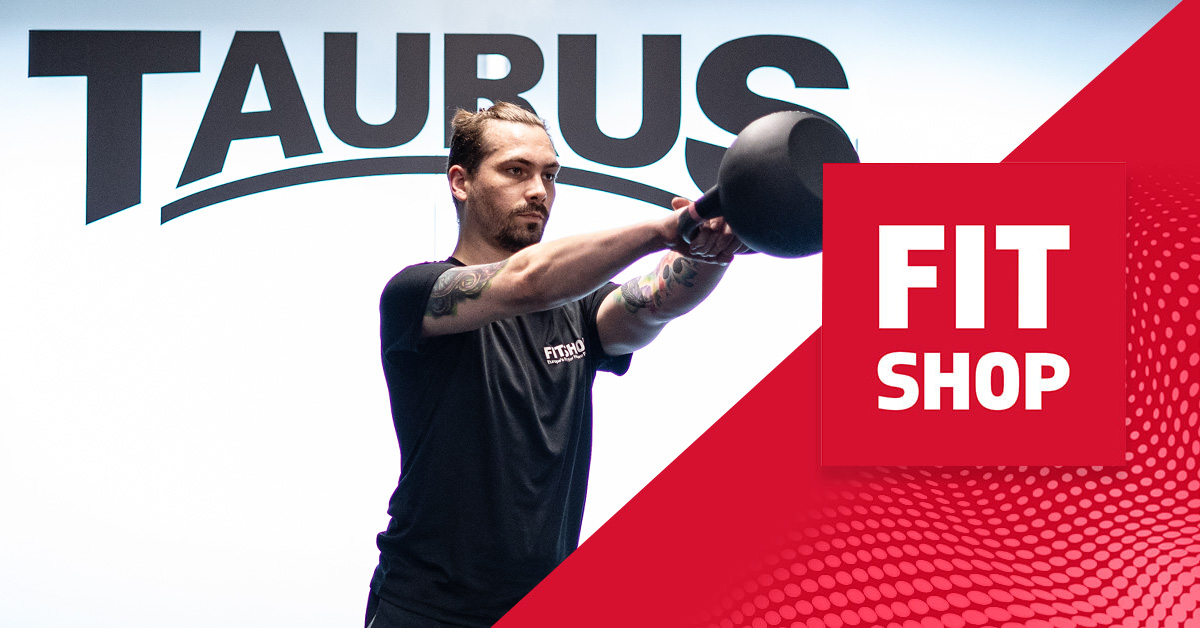
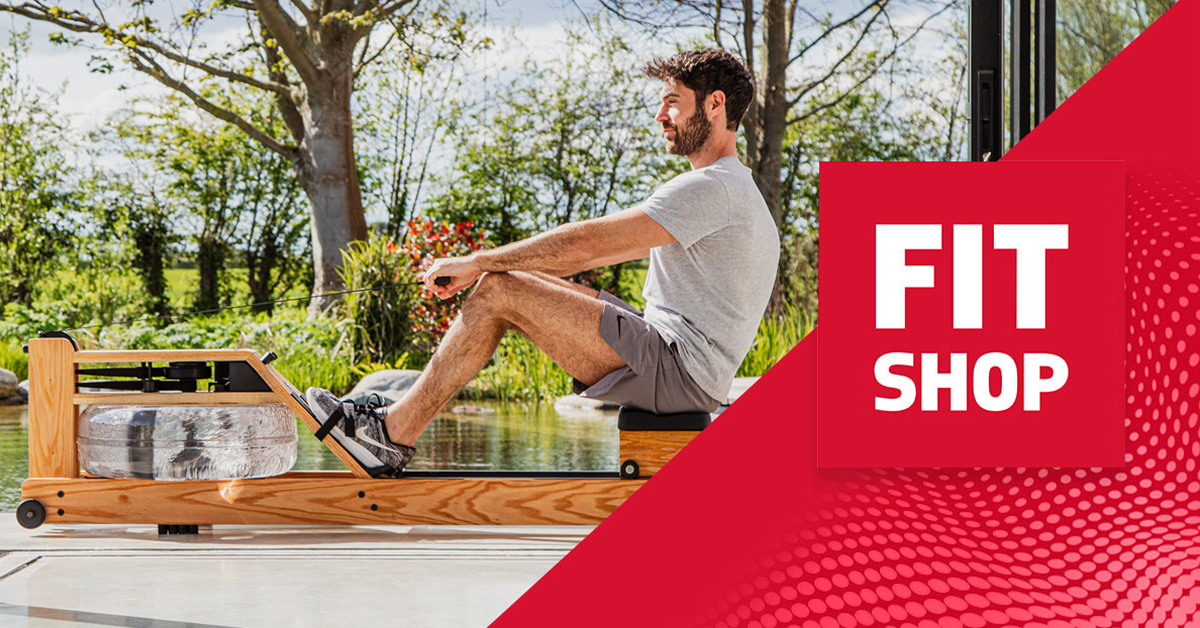
Post Comment